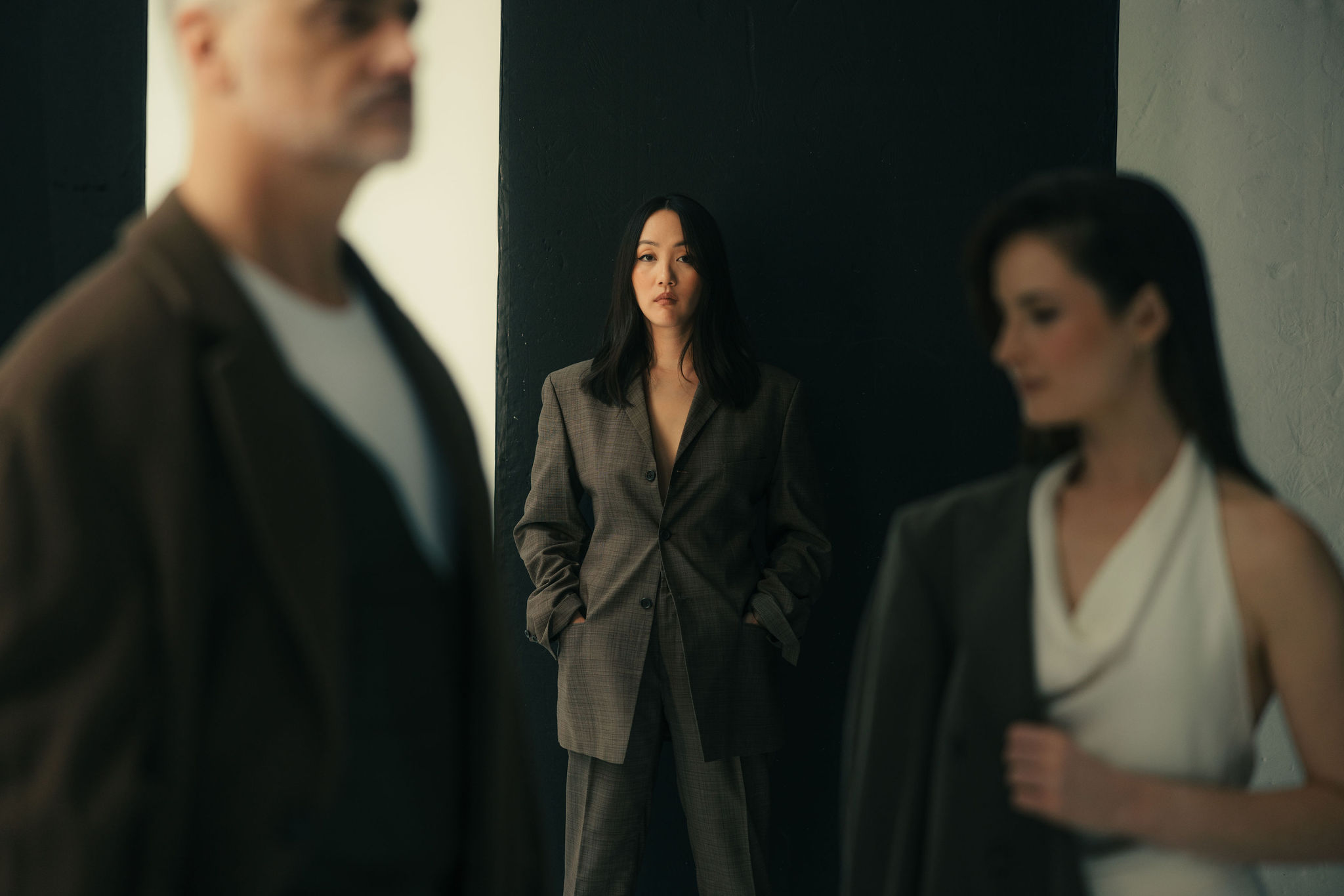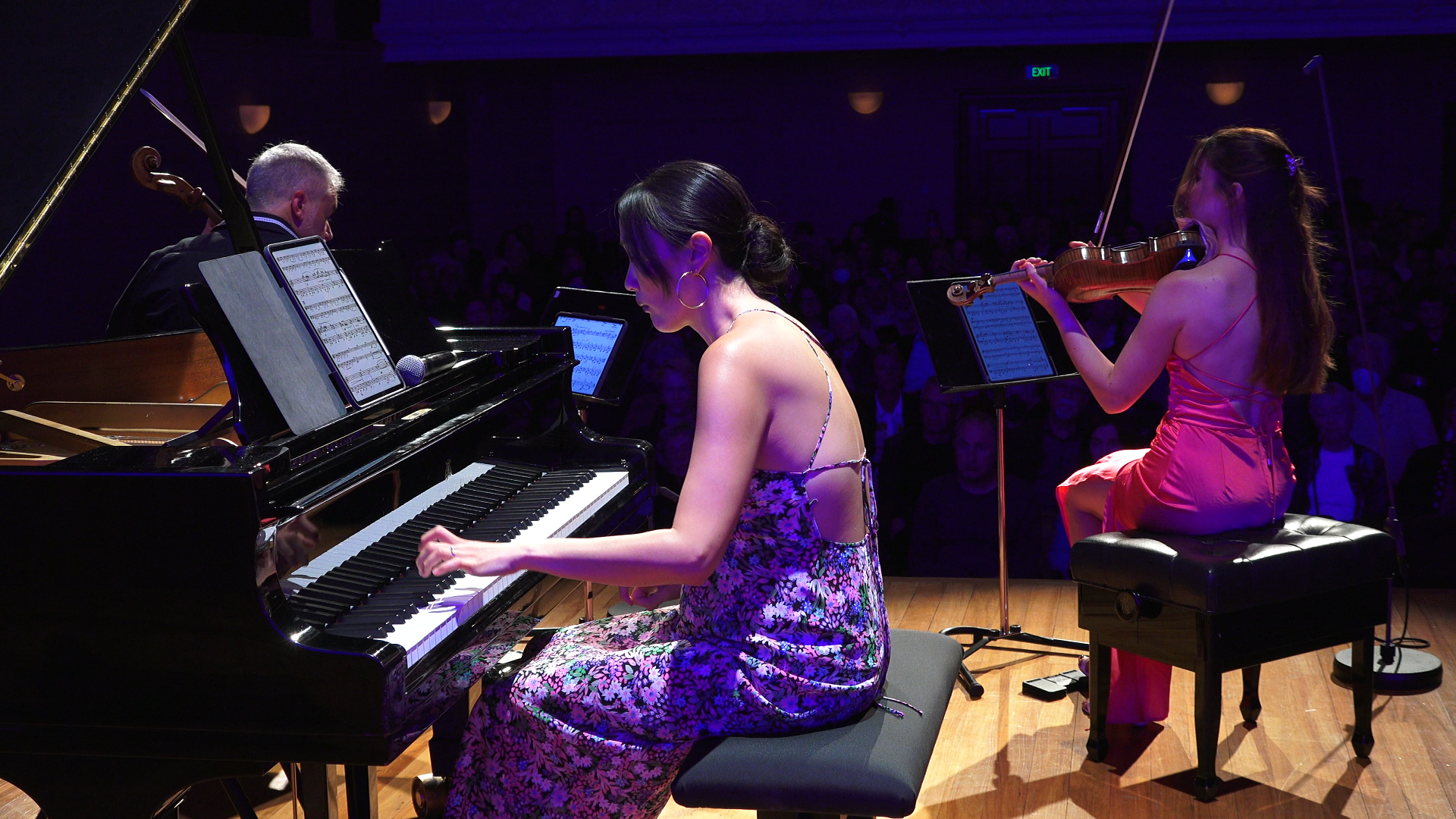NZTrio Loft Series 2016
14jun6:30 pmNZTrio Loft Series 2016Zoom: Performance 2
Event Details
LOFT 1: ZOOM John Musto (USA): Piano Trio Chris Watson (NZ): Schemata – Three views of an imaginary object Elliott Carter (USA): Epigrams Alexander Zemlinsky (Austria): Piano Trio in d minor Opus 3 NZTrio’s 3-concert Loft
Event Details
LOFT 1: ZOOM
John Musto (USA): Piano Trio
Chris Watson (NZ): Schemata – Three views of an imaginary object
Elliott Carter (USA): Epigrams
Alexander Zemlinsky (Austria): Piano Trio in d minor Opus 3
NZTrio’s 3-concert Loft Series features new commissions and exciting collaborations. Expect an intimate setting, great acoustics, top calibre talent, tasty cocktails, and friendly company.
LOFT 2: GLOW – 25 Sept 5pm & 27 Sept 6.30pm
Zhou Long • Farr • Gao Ping (new commission) • Rachmaninov
LOFT 3: FLARE (with Simon O’Neill) – 13 Nov 5pm & 15 Nov 6.30pm
Bach • Kahn • Strauss • NZ Work • Mahler
BOOKING INFO
Tickets for ZOOM: $50/Adult, $25/Student (single concert): BOOK NOW
Subscription Season Pass* for all three concerts: $135/Adult, $60/Student: BOOK NOW
*includes entry into 2 draws for a $200 voucher from WORLD clothing or the Ministry of Hair, drawn June 12th
NZTrio will perform ZOOM on two nights: Sunday 12th June 5pm and Tuesday 14th June 6.30pm
Time
June 14, 2016 6:30 pm(GMT+00:00)
Location
Loft at Q
Organizer
Programme Notes
John Musto (USA; b. 1954): Piano Trio (1998), c.- 14’
Moderato
Slowly – Allegro molto – Tempo 1 – Allegro molto
American composer John Musto is regarded as a highly versatile musician, whose activities encompass virtually every genre: orchestral and operatic, solo, chamber and vocal music, concerti, and music for film and television. His music embraces many strains of contemporary American concert music, enriched by sophisticated inspirations from jazz, ragtime and the blues.
Musto has written of the Piano Trio: “The tunes in the piece grew out of improvisations at the keyboard. It is cast in two movements: moderate and slow/fast. In the first movement, a songful beginning gives way to a more vigorous contrapuntal exchange, and a final burst of energy in the coda. The second movement alternates a slow, nighttime-in-the-city blues with a frenetic bop section. The lyrical strains of the first movement briefly try to re-emerge, but are swept aside by a violent coda.”
Chris Watson (NZ; b. 1976) Schemata – three views of an imaginary object, c.- 3’
i. plan
ii. elevation
iii. section
Chris Watson (PhD – Victoria, 2007) is a New Zealand composer. His music has enjoyed premieres by orchestras such as the Tokyo Philharmonic, the New Zealand Symphony and the West Australian, ensembles such as Stroma, 175 East, the New Zealand String Quartet and The Song Company and soloists including Arnold Marinissen, Marco Roosink, Yuji Takahashi, Rieko Suzuki, Andrew Uren, Lars Mlekusch, Sarah Watkins and Madeleine Pierard. Works have been performed in Australia, South Korea, Japan, Indonesia, USA, Finland, Austria, Czech Republic, The Netherlands, Germany, Luxembourg and, of course, New Zealand.
Chris’s sing songs self won the 2015 SOUNZ Contemporary Award at the APRA Silver Scrolls. He was Mozart Fellow at the University of Otago in 2008 and 2009 and was the winner of the 2002 Asian Composers’ League Young Composers Competition. In 2004 he was the recipient of the Composers’ Association of New Zealand Trust Fund Award and in 2006 won the Panel Prize in the Douglas Lilburn Prize.
Chris manages the Resound project at SOUNZ – Centre for New Zealand Music, where his primary role is to film and edit performances of music by New Zealand composers. He lives in Wellington with his partner and their two young boys.
Schemata was written for Tessa Petersen (violin), Jono Squire (cello) and John Van Buskirk (piano) while Chris was the Mozart Fellow at Otago University, and was premiered at Marama Hall, University of Otago, 20 September 2009.
Elliott Carter (USA; 1908 – 2012): Epigrams (2012), c.-13’
This is Elliott Carter’s final work – a last hurrah for a composer with an unusually long life. He wrote it when he was 103. August 2012: he’d just finished a double concerto for the New York Philharmonic, ‘wheelchair bound but characteristically animated’: he’d recently celebrated his centenary with a massive week of concerts at Tanglewood; and his 103rd birthday concert included no less than three premieres. He was just weeks off turning 104 when he died.
And yet, perhaps it’s not so surprising, because this is a composer who always flowered late. From unpropitious beginnings – he came from a wealthy family of lace-makers, but his family was so horrified at his choice of career they cut his allowance almost to nothing – he only started to make his name in his 40s, with his sonatas for cello and piano, and his first string quartet. His first concertos came when he was in his 70s. He wrote his first opera when he was 90. He wrote 40 works between the ages of 90 and 100, 20 more before he died. And he only seemed to gather more energy as he went on – never worrying about what the public thought, as he said himself, ‘As a young man, I harbored the populist idea of writing for the public. I learned that the public didn’t care. So I decided to write for myself. Since then, people have gotten interested.’
Epigrams is comprised of twelve short musical epigrams for piano trio – Carter loved poetry, and although he doesn’t actually quote anything here, the title aptly conveys the wit and sizzle of the perfect bon mot – in this case, springing off a single note or phrase, passed humorously in conversation between the players. The dedicatee, pianist Pierre-Laurent Aimard, was a close personal friend and sums him up neatly:
‘In recent years, whenever anyone asked me to name the best young composers, my answer was simply: Elliott Carter. This was not a joke. To me he was the youngest of all in terms of his indefatigable creative energy, the freshness of his musical ideas, and the inventiveness of the trajectory of each new piece. His cultivated intelligence, courteous and considerate manner, and inextinguishable good humor made every personal encounter a delight. He has not left us bereft: his many works retain their power to captivate and enchant us, and his light-hearted laughter still sounds in our ears.’
Alexander Zemlinsky (Austria; 1871 – 1942): Trio in D minor, Op. 3 (1896), c.-30’
Allegro ma non troppo
Andante con molto espressione
Allegro
This trio will grab you right from the first stirring, mysterious bars. It certainly grabbed Brahms. They were both in Vienna: the young Zemlinsky had recently graduated from the Vienna Conservatory, where he had been studying piano and composition with Fuchs and Bruckner, and it was Fuchs who whispered in Brahms’ ear that he should hear this young student (Brahms was the conservatory’s president). Brahms accordingly went to a performance of Zemlinsky’s first symphony, in 1893, and was impressed. He was even more impressed by this trio, which Zemlinsky showed him in its original form with clarinet, and immediately sent it on to his own publisher, Simrock. Simrock liked it, but with an eye for sales, insisted that Zemlinsky change the clarinet to a violin part so the work could be performed by the standard trio line-up. So Zemlinsky did – not simply arranging the clarinet part for violin, but writing a whole new part for it, meaning that there are two quite different versions of Op. 3 – each of which stands on its own.
The big, broad opening movement, beginning with that gorgeous stirring melody, is marked “Mit Schwung und Wärme” (warmly and with swing). This is late Romantic music on a grand scale. The second movement, andante (walking pace, with much expression) opens with the piano: it has a wonderfully melodramatic middle section, slightly faster, and the violin plays in a high register – in the original, he calls for an A clarinet to create that bright sort of sound. Finally, everything comes together in the dancing, dazzling allegro.
It’s worth adding that Zemlinsky was one of the Jewish diaspora to escape Nazism: he came from an exceptionally multi-cultural family, with Roman Catholicism on the one side (his father’s) and Sephardic Judaism and Islam on the other – his grandmother was a Bosnian Muslim. His parents, to unite the two, converted to Judaism. By the time Hitler came to power he was in Berlin, teaching and working with Klemperer as a conductor at the Kroll Opera. In 1933 he moved back to Vienna, where he never really managed to find any satisfactory work, and in 1938 he and his young wife – Luise Sachsel, 29 years his junior – fled to New York. Just in time…


